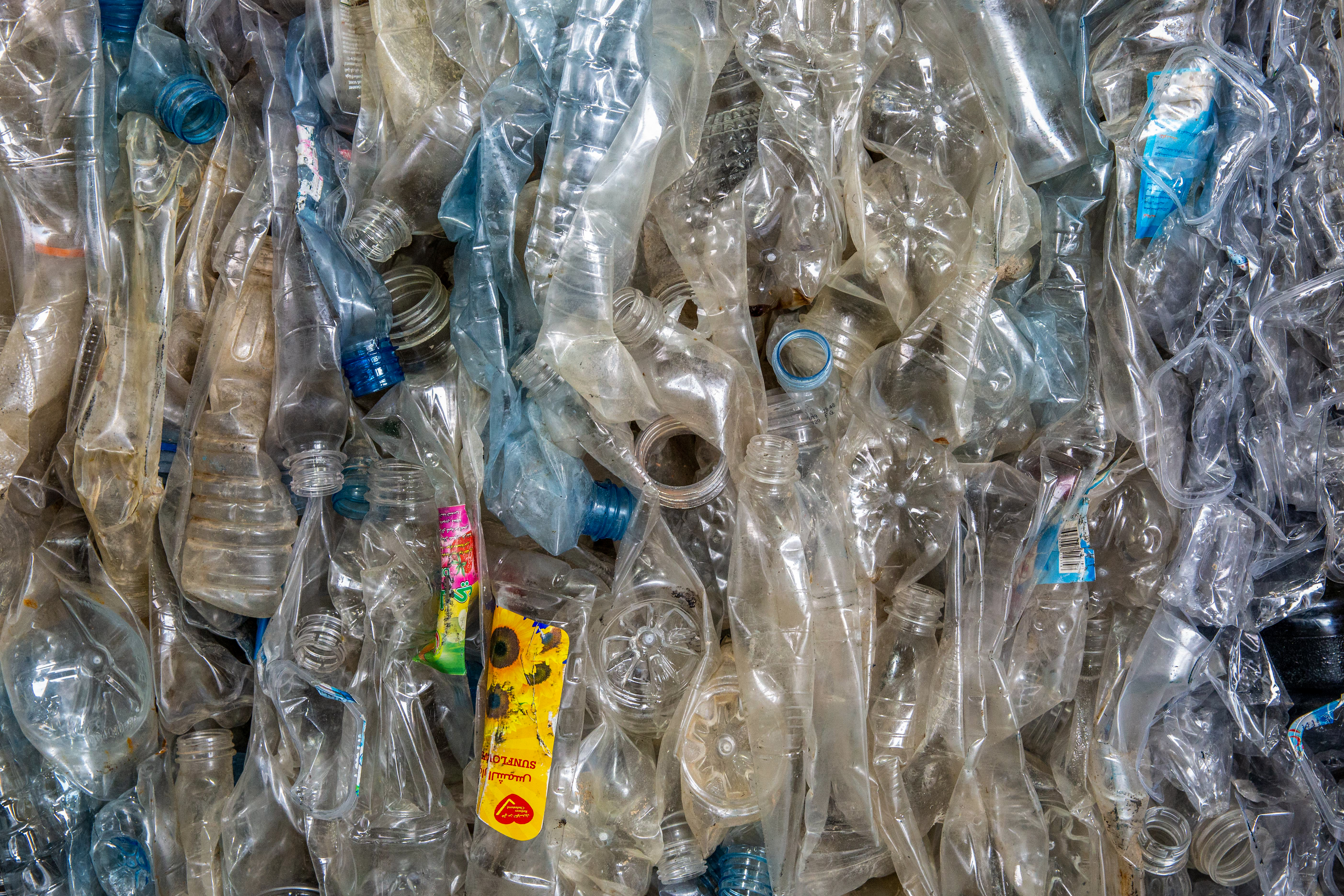Why ‘green days’ are essential to a global environmental movement
May 30, 2023

International environment days such as World Planting Day provide a platform for united action and can help like-minded partners align and achieve greater impact.
If you observe international environmental days, you will have no shortage of choices for celebration. Not only are there major environmental days – especially the International Day of Biological Diversity, World Environment Day, World Oceans Day and World Day to Combat Desertification and Drought, there are days to celebrate specific ecosystems – wetlands, mountains, forests, rivers, mangroves.
There are days to celebrate species – not just charismatic megafauna, such as whales, tigers, lions, snow leopards, polar bears and gorillas, but also their smaller brethren – frogs, snakes, bees, sparrows and turtles. There are also days to celebrate rare and threatened species, from the axolotl to the aye-aye, the pangolin to the red panda, and the quokka to the kakapo.
Then there are days of action – World Planting Day, International Coastal Clean Up Day, World Rewilding Day and International Plastic Free Day. Altogether there are more than 150 international green days each year celebrating some aspect of the environment.
But what exactly is the point of celebrating all of these international ‘green days’? Are they supposed to offer humanity a bright green spot of hope for a day, in a sea of otherwise depressing news about our environment? One might even ask what there is to celebrate at all, given the daily grim news of plastic pollution, biodiversity loss, ocean collapse, soil degradation and planetary tipping points.
Actually, there are several reasons why such days are essential to a global environmental movement.
- First, they can serve as ‘tentpole’ events throughout the year. They create a moment in time where organizations and individuals can piggyback on news cycle’s demands for relevant stories and gain visibility for an advocacy campaign or a new publication; where governments can announce new commitments, launch new projects or demonstrate progress on key goals; and where businesses can showcase their success in achieving their commitments, such as to achieving deforestation-free supply chains.
- Second, they provide a platform for united action, creating global momentum through shared narratives among like-minded partners, including through the shared use of social media hashtags. Although international ‘green days’ are not a prerequisite for communicating about the environment, they can help collaborating partners make a bigger bang globally. For example, a shared hashtag such as #BeatPlasticPollution can gain particular relevance for a global campaign on International Plastic Free Day and during global negotiations on plastics.
- Third, they can serve as reminders, especially to governments and businesses, that we must take urgent action on the environment. Just as behavioural theorists suggest marking our calendars with reminders in order to nudge behaviour change, a set of international green days throughout the year can help keep our collective conscious focused on environmental issues.

‘Green days’ can serve as reminders, especially to governments and businesses, that we must take urgent action on the environment.
Moreover, there are truly reasons for hope and for celebration when it comes to the environment.
- First, there were no less than three landmark agreements last year – agreements that have the potential for true transformative change. The world agreed to the Kunming-Montreal Global Biodiversity Framework, a framework of 23 ambitious targets for 2030 that calls for protecting 30 percent of the planet, restoring 30 percent, removing harmful subsidies, and much more. The world agreed to a global plastics treaty to end plastic pollution that will become legally binding next year. In a United Nations resolution, the world also agreed that all people have the right to a healthy environment – perhaps as profound a statement for humanity as the United Nations Declaration on Human Rights.
- Second, there are signs of strengthening political will to address our planetary crises around the world. For example, the High Ambition Coalition for Nature and People, a coalition of more than 100 governments, has united to achieve a goal of protecting 30 percent of the planet by 2030.
- Third, many recent environmental gains represent profound, systemic changes that begin to tackle the root causes of our planetary crises. For example, Target 15 of the Global Biodiversity Framework focuses on the need for businesses to assess and disclose the biodiversity dependencies, impacts and risks of their operations, including their supply chains. This represents a seismic shift, mirrored in the recent creation of the Taskforce on Nature-related Financial Disclosures, where environmental destruction caused by businesses can no longer be viewed simply as the cost of doing business, but rather as a material and legal business risk. Similarly, the new Plastics Treaty goes well beyond promoting plastic recycling to championing a truly circular economy – one that challenges corporations to rethink their business models, and governments to rethink their waste policies.
Celebration, however, is not enough. This year marks the halfway point of the Sustainable Development Goals. By any measure, we are woefully behind when it comes to environmental Goals 12, 13, 14 and 15. This season of international ‘green’ days presents the perfect time to reflect on how far we’ve come, and how far we need to go, to achieve the SDGs. For individuals and organizations, visit our Nature for Life Action Center to find plenty of ideas for celebration and action. For businesses and governments, consider embracing the theme of this year’s International Day for Biological Diversity – “from Agreement to Action” – and use this time to revisit and critically review your environmental commitments, to share your success stories, and most of all, to take action.

 Locations
Locations




